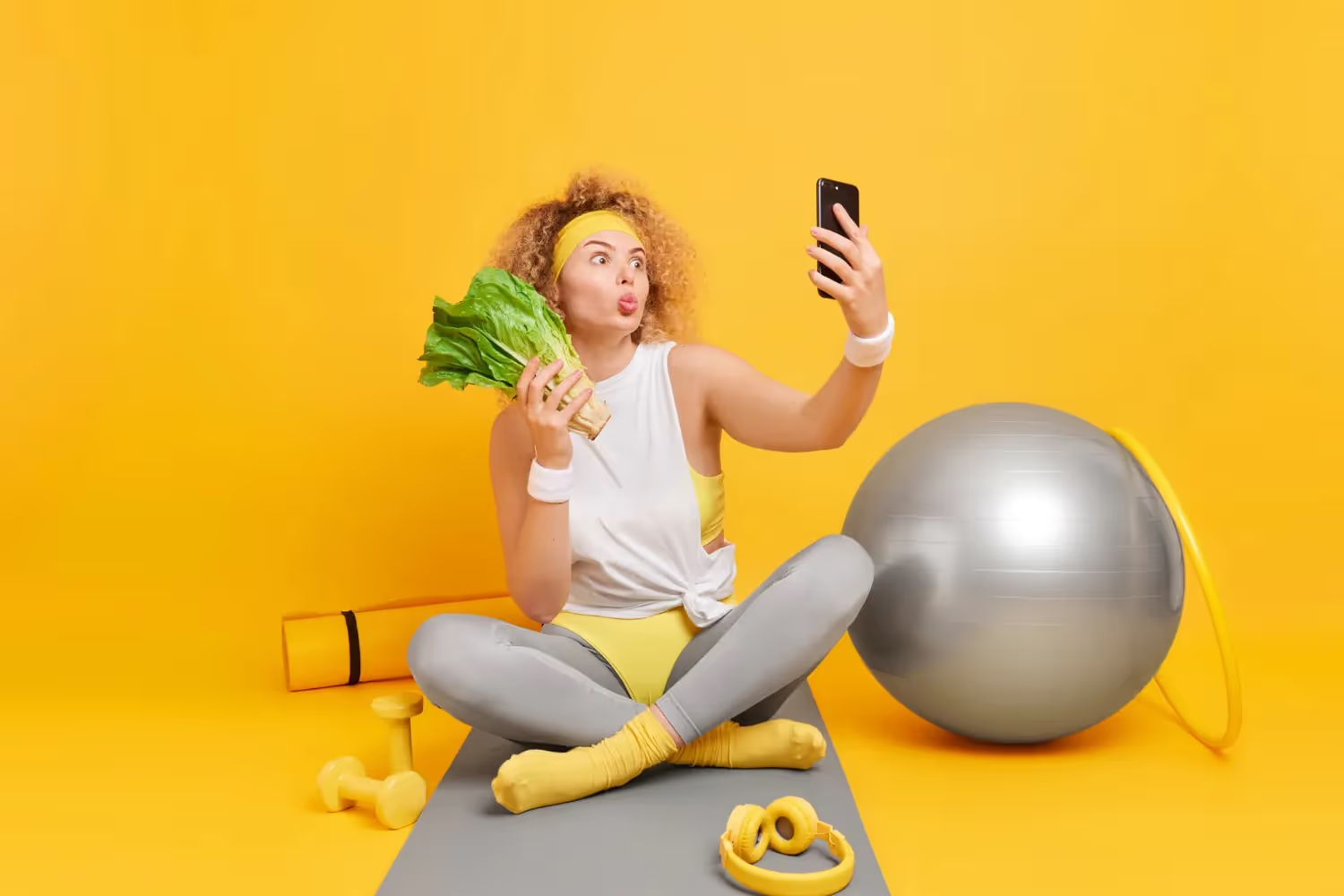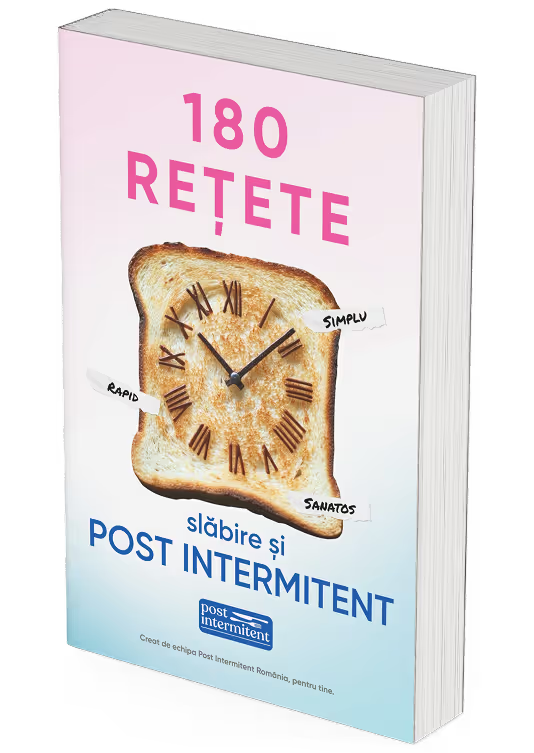And smartwatches — like the Apple Watch, Oura Ring, Garmin, Fitbit or Whoop — can become powerful allies in the process. In this article, we discover how to use them correctly to optimize the post.
🧠 What is circadian rhythm and why does it matter in fasting?
The circadian rhythm is the internal biological clock that regulates vital functions such as hormone secretion, body temperature, appetite, and sleep. Light, meal time and movement influence this rhythm.
📌 When you eat outside your circadian rhythm (ex: at night), digestion slows down, blood sugar rises more, and sleep is disturbed.
➡️ Ideal: the food window should be between 10:00 and 18:00, when the body is “open for business”.
⌚️ What can a smart watch monitor in the context of intermittent fasting
- Sleep (duration, phases, quality)
- Heart rate variability (HRV)
- Body temperature (Oura, Whoop)
- Stress level/recovery (Garmin Body Battery, Whoop strain)
- Movement/steps/exercise
All this may indicate how well your body adapts to fasting— and depending on the data, you can adjust your food window.
🛠️ How to use the clock to adjust your grocery window
1. Start with sleep monitoring
- If you wake up rested between 6am and 7am, try a 10am — 6pm window
- If you have an “owl” chronotype, you can go from 12:00 to 20:00, but not later.
- Avoid meals in the last 3 hours before bedtime — watch data will show a decrease in sleep quality if you eat late.
2. Observe HRV and stress
- If HRV drops sharply after a day of fasting + intense training, you need a more “nutritious” window the next day.
- Useful applications: HRV4Training, Elite HRV, Whoop— provides daily data and recommendations.
3. Track when you're most active
- Clocks can tell you when you have the most steps or the most energy.
- It synchronizes the first meal with that moment of “metabolic peak”. For example, if you are most active between 11 a.m. and 3 p.m., the window starts at 11 a.m.
4. Avoid intense workouts on an empty stomach, if the data shows high stress
- If the clock shows a low recovery score, avoid early morning HIIT in fasting. Opt for a light walk and postpone the effort.
📲 Useful applications and platforms
✅ Conclusion
A smartwatch can be more than just a cool gadget — it can become a metabolic self-knowledge tool. Used correctly, it shows you when your body is ready to eat, exercise, or rest.
Intermittent fasting thus becomes not just a habit, but a personalized strategy, synchronized with your real biology.
Only if the watch also has the function “Eat happiness”. Until then, better opt for a warm tea, deep breathing and a good night's sleep.
Not necessarily. You may be eating too late or combining fasting with stress. Adjust the window and reduce the intensity of your workouts.
Yes, you can use simple indicators: sleep, steps, general energy. HRV is advanced, but not mandatory.









.svg.avif)































.svg)
